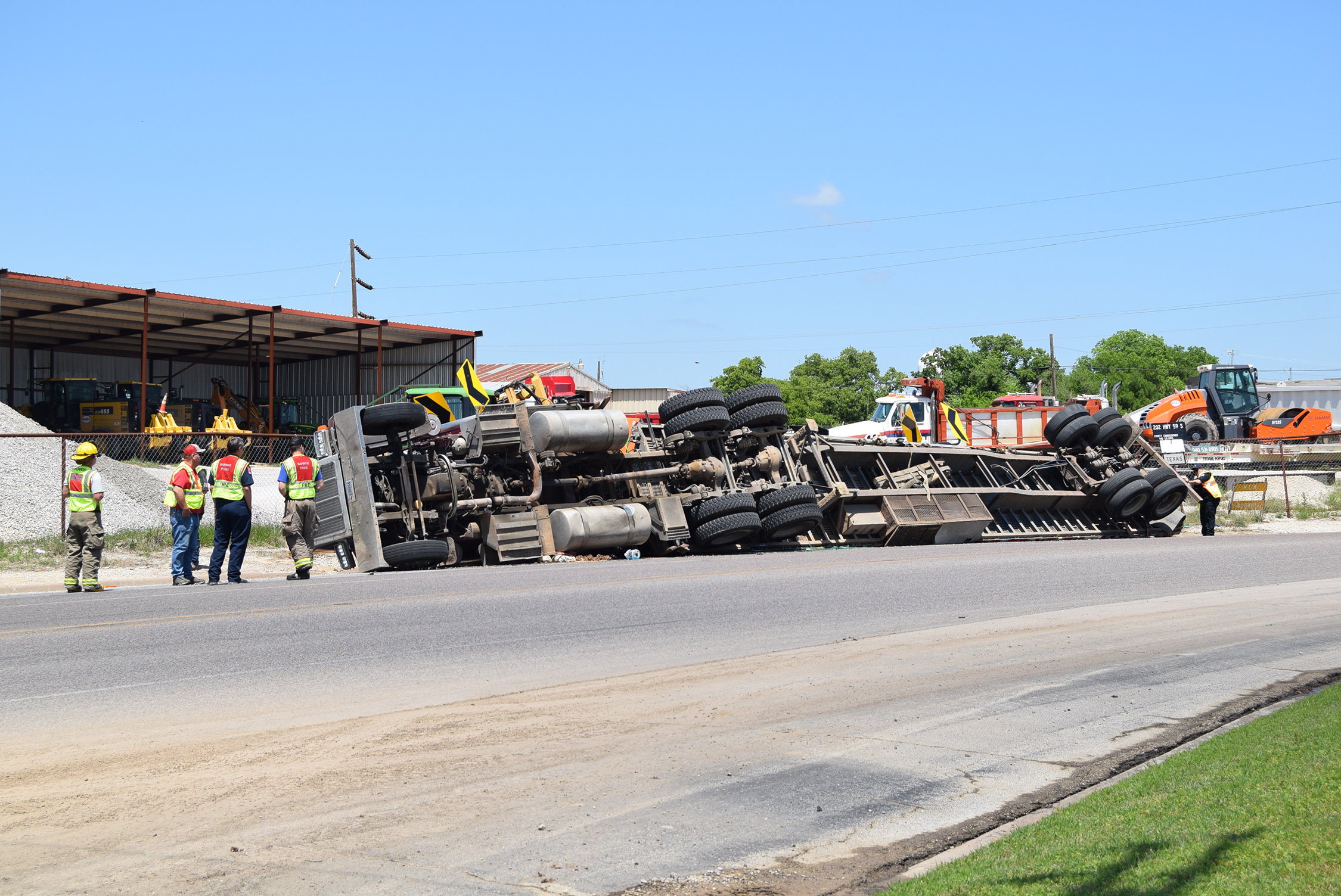NEWS

NEWS
Lake Amon Carter Water Supply Corporation challenged for its service denial and not following open meeting laws

By BARBARA GREEN
editor@bowienewsonline.com
It was a contentious meeting for the Amon Carter Lake Water Supply District on April 17 as a developer asked why he could not obtain water for his property and why he was not allowed to attend board meetings to make his request.
This was called the annual shareholders meeting and the posting noted they would be discussing rates, new developments, state of the company and any other topics. About 22 people were in attendance including all the board members and two secretaries.
Chairman John Halbrook welcomed the group and invited all the board members to introduce themselves. Ross Hamilton, who maintains the system for the corporation, gave a brief history of the group that began in 1995 as it purchases treated water from the City of Bowie. The system has 10.5 to 11 miles of line ranging from two, four and six inch lines. A concrete cylinder pipe sends treated water to the corporation system on a gravity feed system.
“It has run pretty good 30 years despite a few problems during those years. Most of our problems come when a customer hits a line,” Hamilton.
It was noted by Halbrook service disruptions usually come from the city-side and every time there is a break the system has to pay for up to 20,000 gallons of water to flush the system, which is costly.
An audience member said he understood the corporation had to spread out its last payments for water to flush a line over several months. No response was made.
While this was meeting on many topics, the opening question came from Daniel Deweber who has been battling to get water service to a 28-home development that is within the corporation service area. Deweber said he has been denied multiple times and has been unable to set up a meeting with the board or attend one their meetings.
Read the full story in the Thursday Bowie News.
Top photo – John Halbrook, chairman of the Lake Amon Carter Water Supply Corporation, opened the meeting. (Photo by Barbara Green)
NEWS
Bowie City Council approves water rate increase

After months of debate over water rate increases in the City of Bowie, the city council Tuesday night finally approved the second reading with the rates set to go into effect immediately.
While the ordinance passed last month, it failed on its second reading earlier this month, but Mayor Gaylynn Burris vetoed it bringing it back for further consideration. At that April 8 meeting two council members voted no on the second reading after previously voting yes.
It was agreed no one on the council wanted to see rates increase, but with escalating operational costs as well as mandated improvements to the water plant additional revenue will be necessary. It also will help stabilize the water department budget which has been incurring a large deficit in the last six months due to higher costs for chemicals and related items.
The city also is facing a mandate from the Texas Commission on Environmental Quality to install a new pump at the raw water pump station, expected to run close to $1 million. The city has been trying to get a variance to allow more time, but the TCEQ has not been forthcoming with that.
Councilor Brent Shaw reluctantly made the motion.
“I have looked at the things we have to do and the town we all want this to be, I don’t see another route. We have to charge more to cover the things we are being charged to do,” said Shaw as he moved to accept the rates.
Donna Ashley made the second and the motion passed with Councilor Brandon Walker continuing his no vote.
Read about all the rates in the Thursday Bowie News.
NEWS
Big truck rolls over near precinct barn

Bowie emergency personnel have been working this one-vehicle semi-truck rollover on State Highway 59 in front of the precinct two barn. No details were available at this time. (Photo by Barbara Green)
-

 NEWS2 years ago
NEWS2 years ago2 hurt, 1 jailed after shooting incident north of Nocona
-

 NEWS1 year ago
NEWS1 year agoSuspect indicted, jailed in Tia Hutson murder
-

 NEWS2 years ago
NEWS2 years agoSO investigating possible murder/suicide
-

 NEWS2 years ago
NEWS2 years agoWreck takes the life of BHS teen, 16
-

 NEWS2 years ago
NEWS2 years agoMurder unsolved – 1 year later Tia Hutson’s family angry, frustrated with no arrest
-

 NEWS2 years ago
NEWS2 years agoSheriff’s office called out to infant’s death
-

 NEWS2 years ago
NEWS2 years agoBowie Police face three-hour standoff after possible domestic fight
-

 NEWS2 years ago
NEWS2 years agoDriver stopped by a man running into the street, robbed at knifepoint







